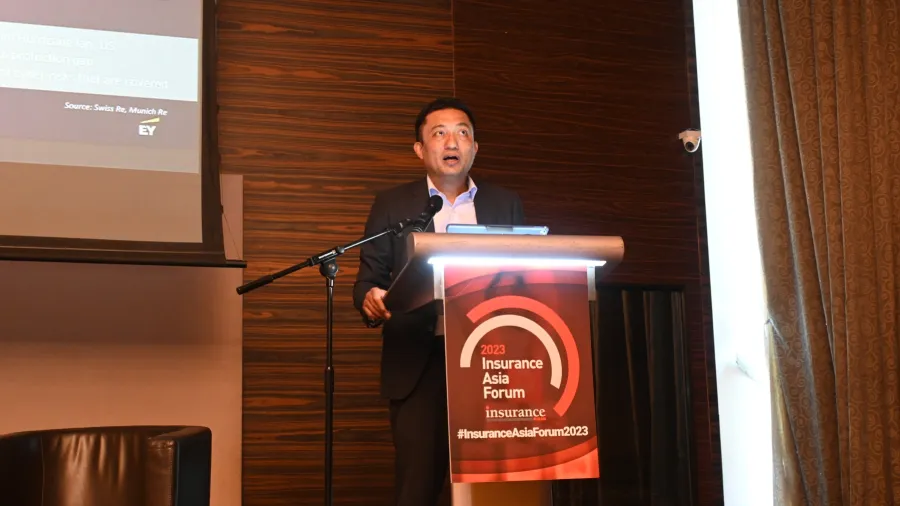
The future of Asian insurance: sustainable, digital, generation “Z”
Insurance leaders and experts shared the common denominators that insurers are struggling with along with the future of the industry and who it is for.
Insurance leaders and experts said the transformation toward sustainable and digitalised management will drive a purposeful future amidst trying times.
These two key entities are the future that will protect both business and future clients, according to insurance players at the Insurance Asia Forum conducted last 24 May at the Impiana KLCC Kuala Lumpur.
Over 40 attendees witnessed panel presentations by speakers from Etiqa Insurance & Takaful, Tune Protect Group Berhad, Zurich Malaysia, and ZA Tech.
All of which emphasised the evolution of Asia’s insurance market toward the needs of future generations.
The keynote speaker, Ernst & Young (EY) Asean Insurance leader Brandon Bruce, dawned upon insurers' imperatives in which they must follow through in order to drive “purposeful change in uncertain times”.
The industry encounters unprecedented volatility from macroeconomic and geopolitical factors, yet abundant opportunities exist to innovate and deliver greater value to customers and society, Bruce emphasised.
Bruce brings to the table three components for which the insurance sector must keep an eye out.
Bruce stated that the insurance industry all over the world has a huge protection gap with a trillion-dollar potential to boost the market’s growth.
The second component mentioned was how “innovative solutions, collaboration, and new skills are key to addressing customer needs”. Ensuring the insured is well-protected, boils down to how equipped insurers are in order to maintain stability and build a captivating value proposition.
The last component is sustainability. It has always been idealised and proposed that businesses create ESG strategies, frameworks and guidelines in order to map their way toward fulfilling nature’s needs.
“The industry must lead in the transition to a greener economy,” said EY’s Bruce.
Understanding trends and challenges
In a panel session moderated by Bain and Company manager, Kevin Foong, three panellists coincided their insights on digital trends and innovations that the future of insurance may hold.
Insurance leaders pinpointed talking points such as regulatory challenges, artificial intelligence (AI), software coding, and partnerships.
Raymond Wong, Chief Technology Officer of Zurich Malaysia, said the majority often fear the use of AI.
“[AI is] supposed to be a tool or supposed to be a technology that assists us and helps us in doing our work. And instead of pleasing people, I think you talk about AI to handle unstructured data, and then making recommendations or even giving you some decisions making. For instance, on a claim, how do we actually assess damage just by a video,” Wong said.
Regarding the implications of technology within the business strategy, Ravi Kittane, Partner of EY Consulting Sdn Bhd said that a lot of the concepts were adapted from the digital banking framework. However, the “protection patent protection gap insurance is way higher than in banking”.
In special cases, insurance companies may not be able to catch up with the demands of the future alone. Riding on the sustainability and digital bus comes at a cost, according to Prasanta Roy, Group Chief Technology Officer of Tune Protect Group Berhad.
“What are the in-house capabilities that companies don't have? Anyone may not have that capability, will take time to build, so they would like to partner. Now, when that partnership comes up, you play because many of the insurtechs are cloud-based, not in the country hosted,” Roy said.
What lies ahead of insurance in Asia
Considering the global effort toward digitalisation and sustainability, it does not only carry the purpose that companies and institutions need to modernise – it is for future generations.
“If you look at what's happening around the world, and you know why everybody wants to target the younger generation and the millennials, it is because they are your future customers. They are the customers who will buy your products in the future. Which is why you see every insurer and every banker out there in the financial services, are talking about Generation Z and millennials,” Jubin Mehta, Chief Executive Officer of Tune Protect Group Berhad.
Therefore, insurers are tasked to innovate their products and services in a technological aspect to cater to the up-and-coming lifestyles and habits of the future.
“As an insurer, I think insurance is a push product, a historical product, nobody will get up in the morning and say I want to buy insurance today. That's never gonna happen in my lifetime, at least. So the way I look at how insurance is gonna evolve is going to be more embedded, it will be more funnelled into different products,” Mehta added.
However, eradicating the traditional channels is not part of the digitalisation agenda.
“We do need all the channels to reach out to the customer. So the traditional channels will remain, and they will remain for certain products where the customer needs more education where the customer needs more guidance from that particular channel,” Mehta stated.
For Mehta, the insurance industry is complex. Hence, it is the insurer’s purpose to simplify these products which, in turn, becomes easier to sell.
“So the more we have an open mind and the more we try and change with the way the industry is changing the reorder things that are happening around us I think it will be easier for all of us rather than trying to find it. So that will be going forward impedances,” said Mehta.
Transforming towards a sustainable insurer
Etiqa’s ambitions are guided by environmental, social and governance (ESG) goals.
Like all modernised businesses, Etiqa also shared its challenges when walking the ESG path.
“Naturally there will be resistance to change. We faced that in the beginning, especially from our corporate teams. There was a lot of scepticism [...]. But this is a journey, we take it step by step. That is why patience is needed.” said Etiqa Insurance & Takaful Chief Strategy Officer Chris Eng.
Thus, its key priorities as an insurer are:
- Aim to create sustainable value for the community and environment by transforming the mindset and culture of the company, staff, and community;
- Evaluate all our investable assets through a comprehensive ESG analysis that combines integrated qualitative and quantitative methods, which have been thoroughly tested and proven;
- Conduct a comprehensive ESG analysis when evaluating our investment activities and;
- Implement a robust methodology that analyses both our clients and portfolio for ESG and climate risk and impacts.
The rise of digital insurance
Presently, there are six common issues in the insurance technology hemisphere, said Tune Protect’s Roy.
“This is where it starts. I’m sure every one of you who worked in the insurance sector has gone through [these issues]. Not all, but there are a few,” Roy said.
Namely, there seems to be a lack of agility in terms of patchwork to point solutions, legacy software is also not cloud-ready, cultural barriers are present, a closed stack, personalisation is not included, and innovation is limited.
Yet, technology is the common solution. Thus, the key design principles mentioned are:
- API First for customers and partners;
- Open scalable digital architecture;
- Agility in new product and service creation;
- Platform play: Co-create, and attract new revenue streams;
- Omnichannel ready, Ready to ingest any channel and;
- Modularised and decoupled B2B and B2B2C.
Homing a sustainable framework
Zurich has embraced a comprehensive 2023-2025 framework that aims to drive transformative change and create a positive impact on the planet, the people, and the customers.
At the core of this framework is a focus on interconnected goals, including achieving net-zero emissions and promoting a positive environmental footprint while ensuring the resilience of the planet and society. Zurich was able to conceive its framework on sustainability from a materiality assessment in 2022.
“We’ve conducted entirely, with all the necessary stakeholders from each business function and drew up the metrics to state where we should look and what the risks were,” Teresa Wong, Zurich’s chief risk officer covering the General Segment who is also head of Sustainability Risks said.
The framework to be implemented pivots on achieving net-zero actions or nature-positive outcomes, becoming a global employer with an upskilled inclusive workforce, and collaborating with customers to ensure the transition whilst pushing for sustainable living, she said.
By recognising the interconnectedness of three core focus areas, Zurich aims to develop innovative underwriting and claims solutions that not only benefit its customers but also contribute to the well-being of people and the planet.
Redefining insurance with tech innovation
The future of digital banking and bancassurance holds great potential for the financial industry. Daniel Tan, Head of Commercial for Malaysia, ZA Tech explored key points that shed light on the way forward.
The first point emphasises the importance of establishing a contextual relationship with customers based on trust, transparency, and buy-in.
“You must leverage diverse customer touchpoints and data collected across channels including tone of management interactions,” Tan said.
The second point revolves around changing operating models to meet evolving customer expectations. To deliver an omnichannel customer experience, seamless coordination is essential between banks and insurance providers. This involves adapting to customers' shifting preferences, such as transitioning from online to offline interactions and vice versa.
Building upon the concept of omnichannel, the third point focuses on preventing customer dissatisfaction due to inconsistent experiences across channels. It is crucial to orchestrate and guide customers throughout their interactions, ensuring seamless personalisation.
The fourth point highlights the importance of fostering innovation within business models. For instance, embedding insurance within various touchpoints or challenging the status quo with additional underwriting questions can add value to the customer experience.
By embracing these perspectives, financial institutions can position themselves at the forefront of the digital revolution and better serve their customers in the rapidly changing landscape of banking and insurance.







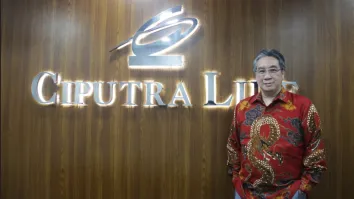


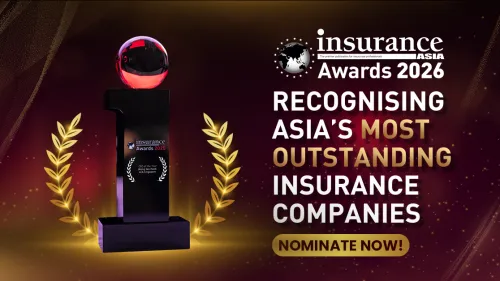
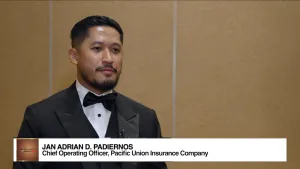
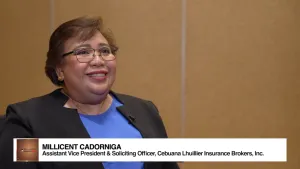
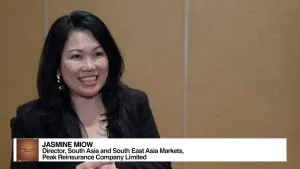
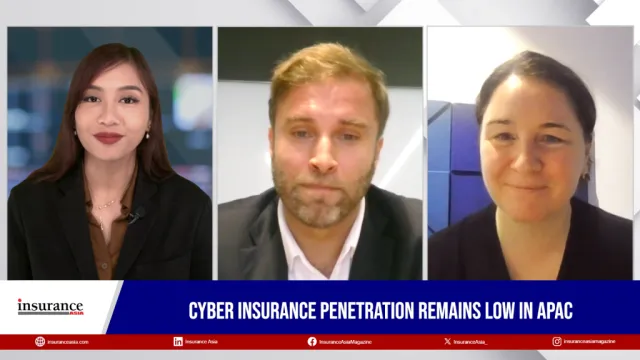



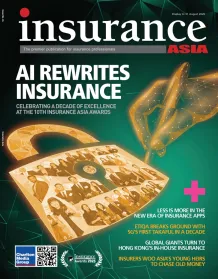
 Advertise
Advertise






